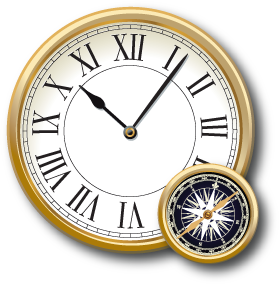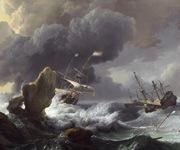Traveling the world’s oceans offered amazing adventures and posed immense risks. Wild forces beyond human control ruled the waves.
Wind, War, and Weather
Determining position and maintaining direction under routine conditions depended on knowledge of winds and currents. Turbulent seas and bad weather endangered crews, threatened vessels, and spoiled the best-laid navigation plans.
Distances
Deepwater sailing called for different skills than “coasting” with landmarks in sight. On the open sea, sailors relied on dead reckoning—estimating a new position based on knowing a ship’s last position, speed, and direction. But over long distances, it was subject to ever-increasing errors.
Charts and Sailing Directions
Ignorance of vast stretches of ocean and coastline characterized navigation until well into the 19th century. Each crossing yielded information for better charts and sailing directions.
Instrument Accuracy
Finding latitude became easier with the invention of angle-finding instruments, but finding longitude remained difficult until a seaworthy clock was perfected. A heaving deck and a cloudy sky made instrument readings of Sun and stars, complicated in the best conditions, even more difficult.










